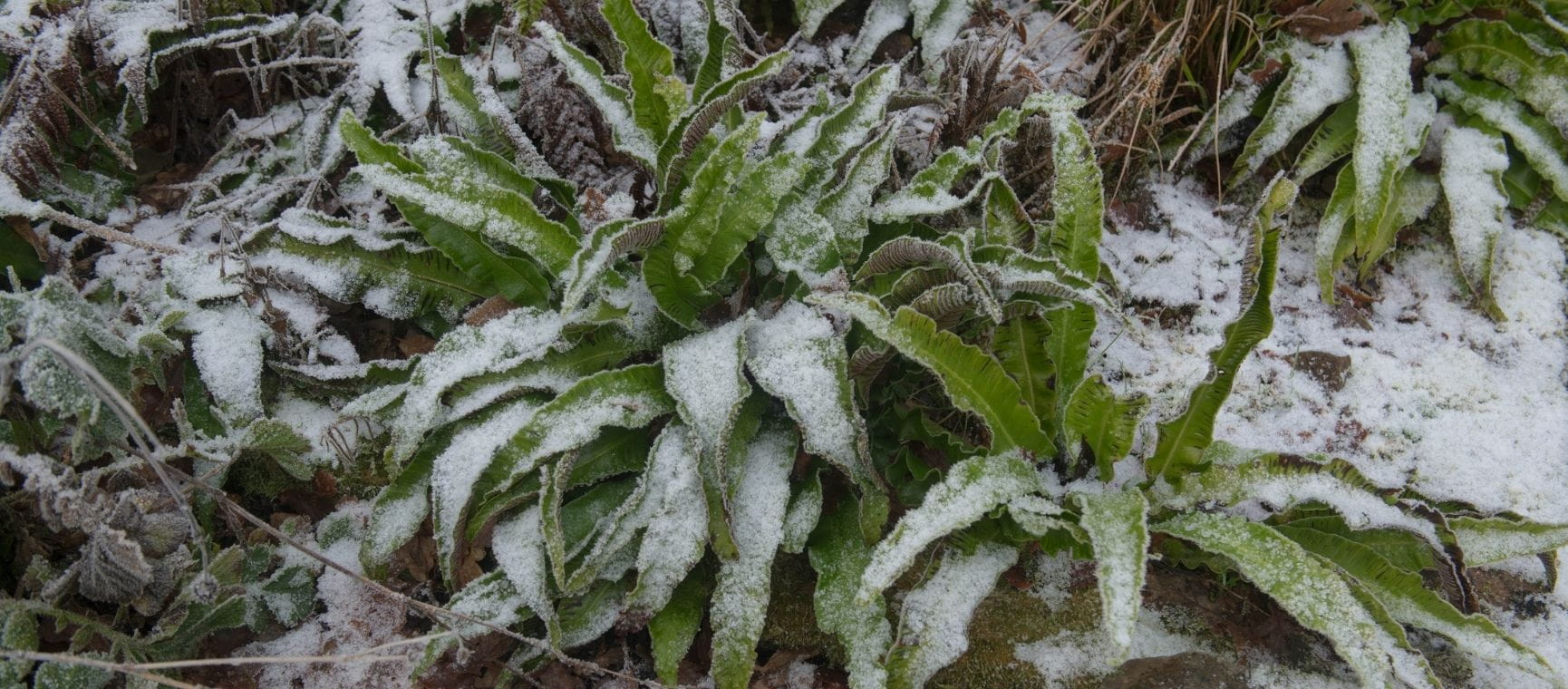
Ferns are a wonderful way of adding greenery and texture to your garden all year round. If you choose evergreen ferns, they'll stay green over winter and bring interest even during the coldest months.
We've got the best ferns to plant in your garden to give it a winter lift.
The easiest ferns to grow are hardy and almost evergreen.
There are four important genus of ferns which make a real impact when low winter light highlights their bright-green fronds and are distinctively different to each other.
The most handsome ferns belong to dryopteris and these tend to be upright with very cleanly cut fronds which can be crested or plain. Most drypoteris (meaning fern under oak tree) are highly tolerant of dryish shade - especially if planted small.
They are described as ‘wintergreen’ (rather than evergreen) because their fronds tend to break up by late December. Once they become ragged, cut away the foliage to reveal the chestnut-brown knuckles at the base.
These make a perfect backdrop for pristine snowdrops.
This has stems with golden scales and dark-green foliage and certain varieties can reach 120cm or 4 feet in height. It will remain stately until midwinter
Fine forms include the very ferny ‘Crispa Gracilis’ and the elegantly slender ‘Cristata’ which has a crested tip to each narrow leaflet.
The latter is often called The King Fern due to its presence and if you need a fern for a windier garden, or for a sunnier position, choose varieties of Dryopteris affinis.
The Male Fern, Dryopteris filix-mas, is our most common British fern in the wild. It grows in deepest, darkest shade and it’s indispensable in dank corners.

‘Crispa Cristata’ is one of the finest with its intricate crest and tipped fronds – though this one only reaches 60cm (2 feet) – about half the height of most.
I also admire Dryopteris wallichiana for its black, bristled stems and bold, bright-green leaves. However some forms have brown bristles.
Seek out the black-bristled forms that originate from The Himalayas. They’re stunning.
If you admire intricate ferns with bristly stems and mossily textured, green leaves you should explore the polystichums.
Their leaves will endure through the winter and the new fronds, which unfurl in April, form s-shaped crosiers.
Varieties of Polystichum setiferum, the soft shield fern, have mossy fronds on bristled stems and their leaves usually lie prone against the ground.
These ferns prefers limey soil, good drainage and an airy position. Too much moisture tends to brown and mar the fronds.
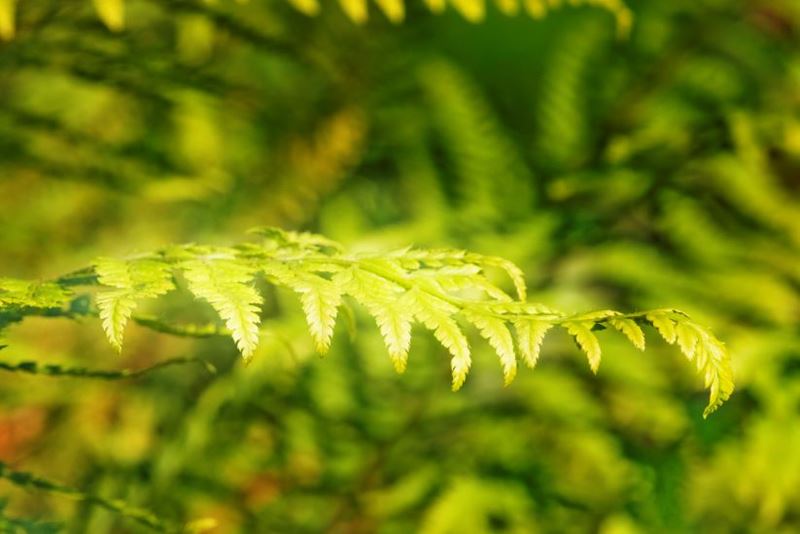
For ferns with simpler leaves and an enduring quality then these are a great choice.
The polypodiums enjoy airier conditions but they have shinier, plainer leaves with bold leaflets. They offer us the most enduring winter foliage of any fern because they don’t produce their new fronds until late summer.
The Southern Polypody hails from Mediterranean regions and thrives in warm, wet winters.
There are many named forms and perhaps the star is ‘Grandiceps Fox’ a broad-fronded fern well-crested along the sides and the top.
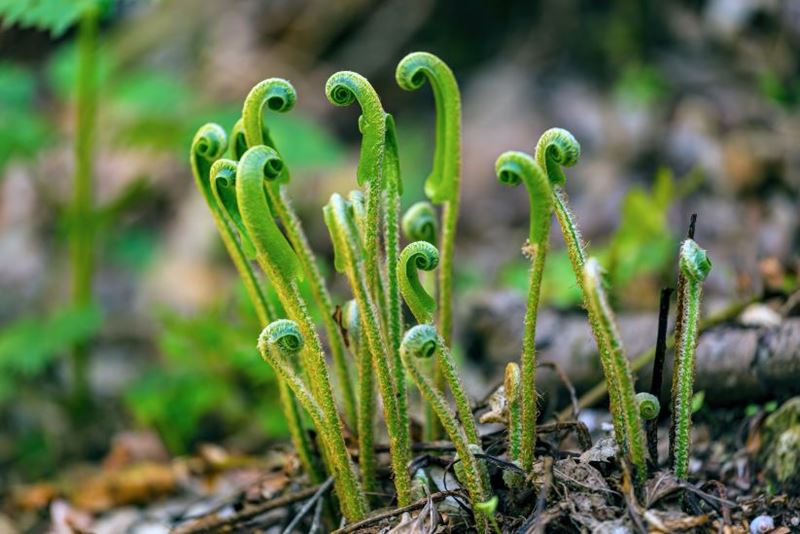
Aspleniums (thought to cure afflictions of the liver and spleen) grow best in limey soil, although they are tolerant of all soil types.
There are two main leaf types. The Crispum Group have ruffled edges and the Cristatum Group have leafy cockades at the top of each frond. Both terms are widely used to describe other ferns.
The Hart’s Tongue fern (Asplenium scolopendrium) is the most popular of these genus. It's a British native with tongue-shaped, undivided leaves in bright, glossy green. The fronds tend to yellow and scorch in strong sunshine so Asplenium scolopendrium is best grown in deep shade.
It is a small fern (barely reaching 18ins (30-40 cm) in height) and I often tuck mine up against stone walls.
Ferns make excellent plants for shady or semi-shady positions especially under deciduous trees and shrubs. You can also tuck them away close to shady walls.
The best way to use them is to mix the textures up by varying the leaves.
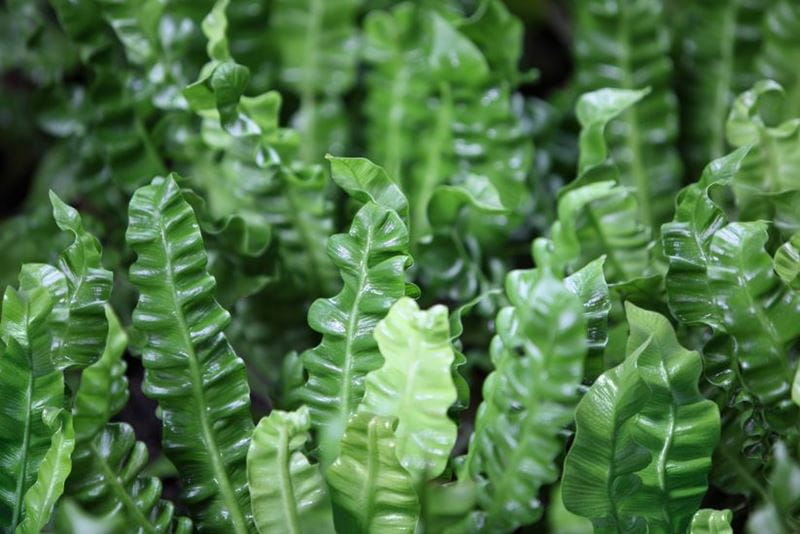
The key principle when growing ferns is to mix and match because, as winter descends, it’s the tapestry of varying textures, shapes and greens that delights the eye.
Space your ferns well so that you can appreciate their shape and stance and interplant with diminutive early woodlanders and miniature bulbs.
Use some white flowers to create a crisp freshness. Wood anemones (Anemone nemorosa), the early slightly-spreading mauve-pink Cardamine quinquifolia, snowdrops, white or yellow erythroniums, miniature narcissi, Cyclamen coum and green-leaved (not glaucous) dicentras make wonderful partners.
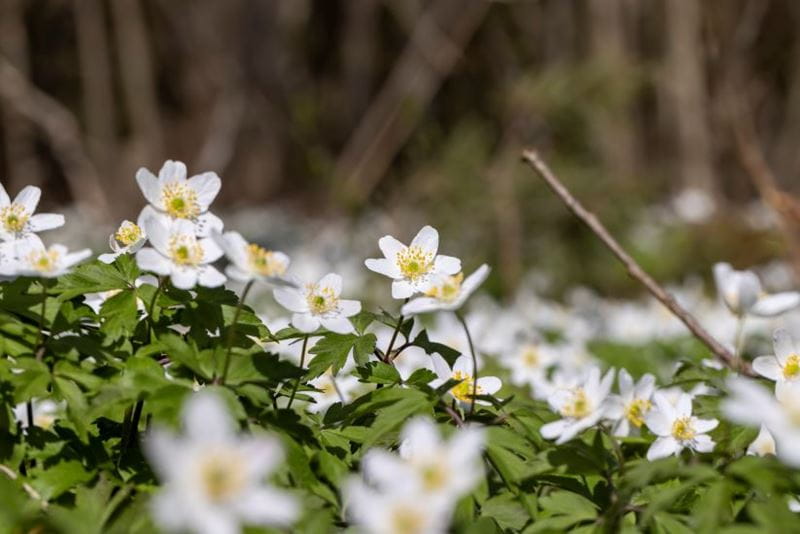
Evergreen ferns with good winter foliage usually tolerate dryish shade. In contrast deciduous ferns need much moister conditions to thrive.
Ferns need water droplets to reproduce naturally. If you live in the damper western half of Britain they may reproduce freely given time.
Spores can be collected, dried and sown. But this isn’t an easy process for amateurs.If you do raise ferns from spores the progeny are usually variable because ferns are primitive ‘haploid’ non-flowering plants. They only have one copy of each chromosome so any defect or genetic difference shows immediately.
More-evolved plants are diploid, with two copies of the same chromosome. Differences rarely occur because the second gene compensates for any fault in the first. Some ferns, particularly polystichums, form bulbils on the fronds.
Lay the frond on a seed tray full of peat and then lightly cover with fine grit. Any new plants will be identical to their parent. Dryopteris filix-mas, can produce basal bulbils, but these are tricky to remove.
Mature ferns can eventually form split crowns and these can be divided using a sharp knife or two forks. I prefer to do this in spring.
Larger divisions can be replanted straight away. Smaller ones are best potted up and allowed to root before planting out.
Go to a specialist nursery and ask their advice - especially if you’re a beginner.
Val Bourne is a gardening expert and journalist who writes for The Daily Telegraph, Saga Magazine and many others. Val has been awarded the Garden Media Journalist of the Year and Columnist of the Year.
She is also the author of many books, including The Living Jigsaw, The Ten-Minute Gardener. Val also judges the perennial and dahlia trials at RHS Wisley.
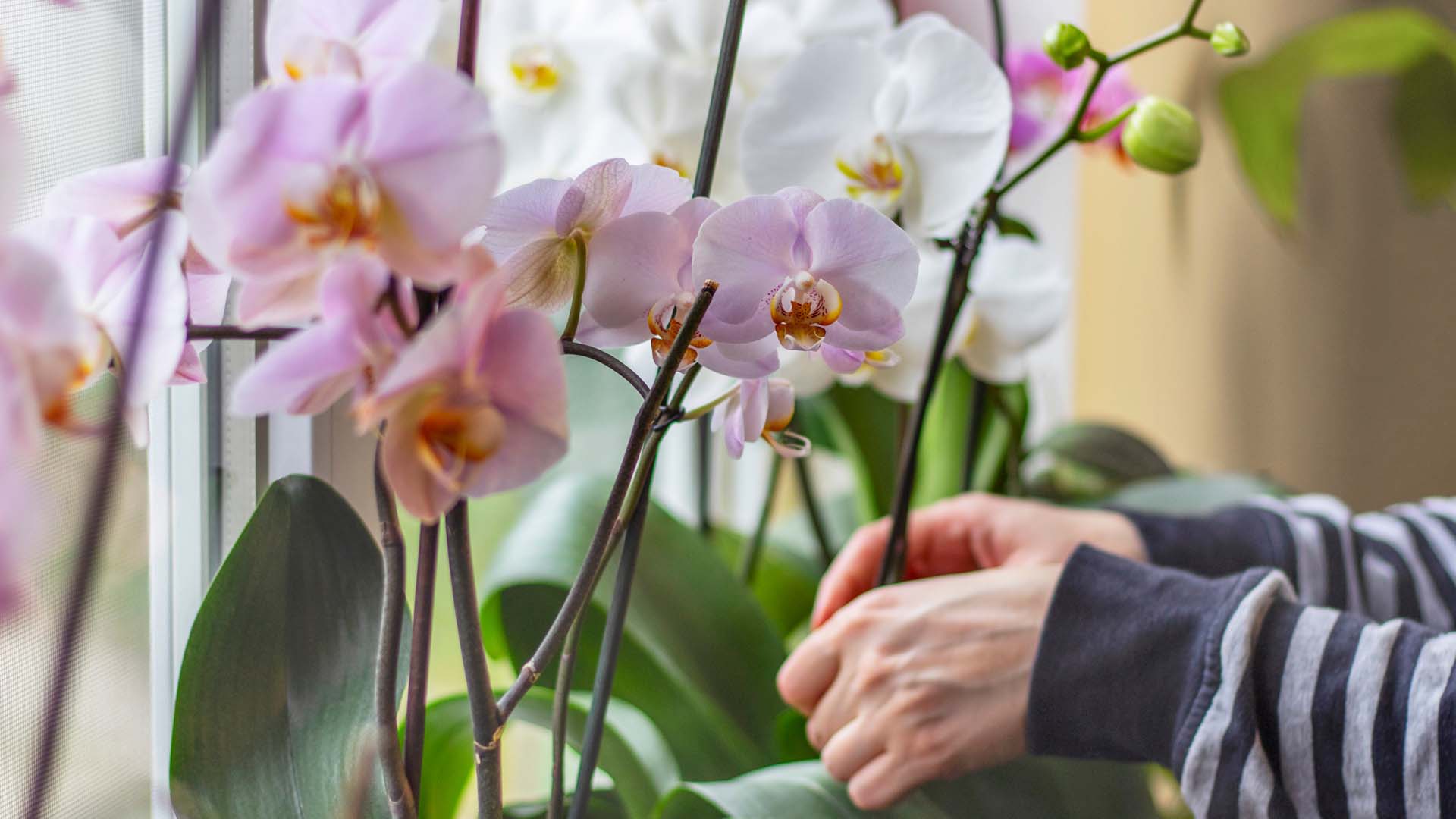
Our expert pruning and watering hacks include a top tip to keep them flowering from Alan Titchmarsh.
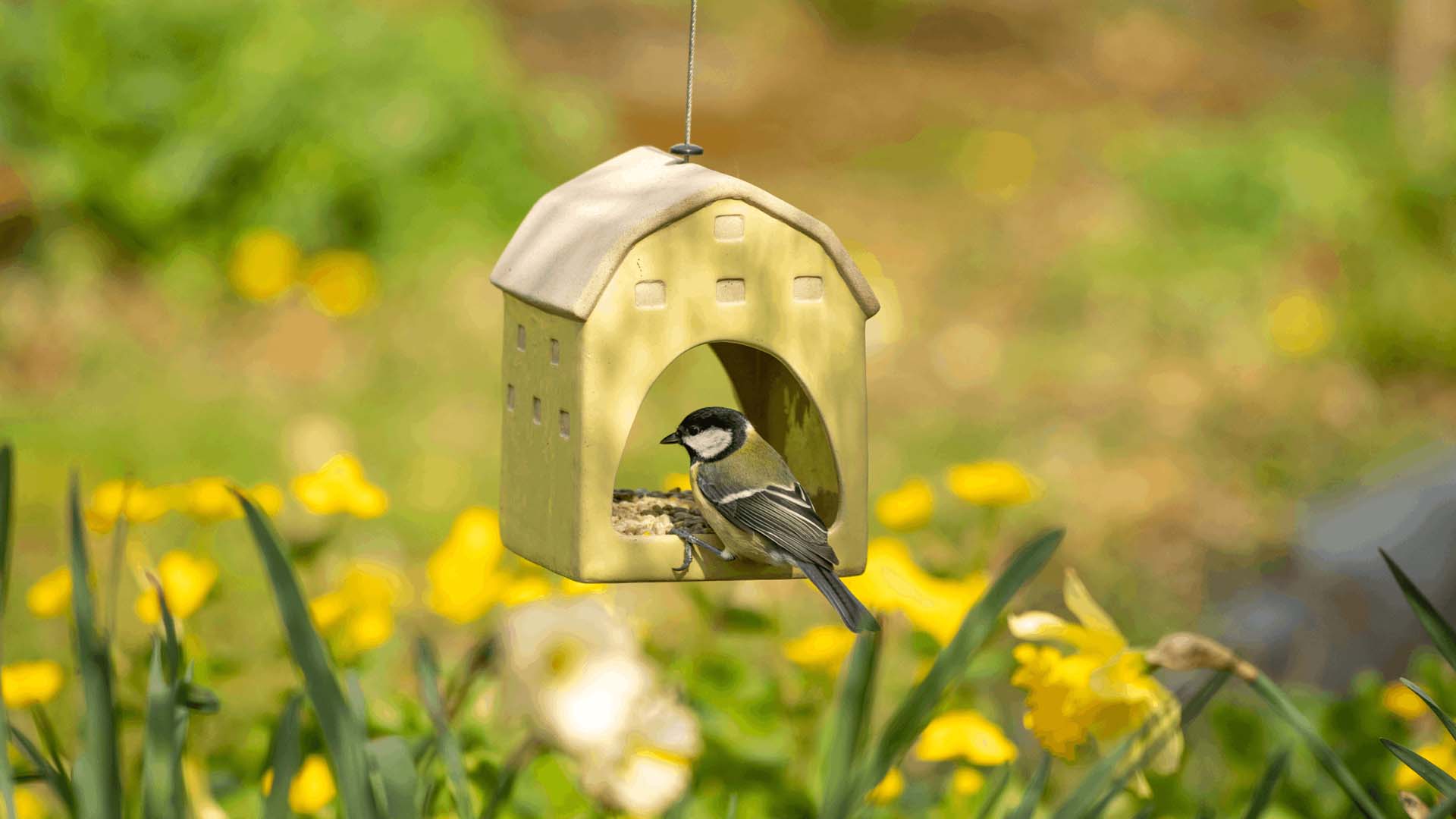
Don’t make these bird-feeding mistakes. Expert advice on how to feed birds in your garden safely.
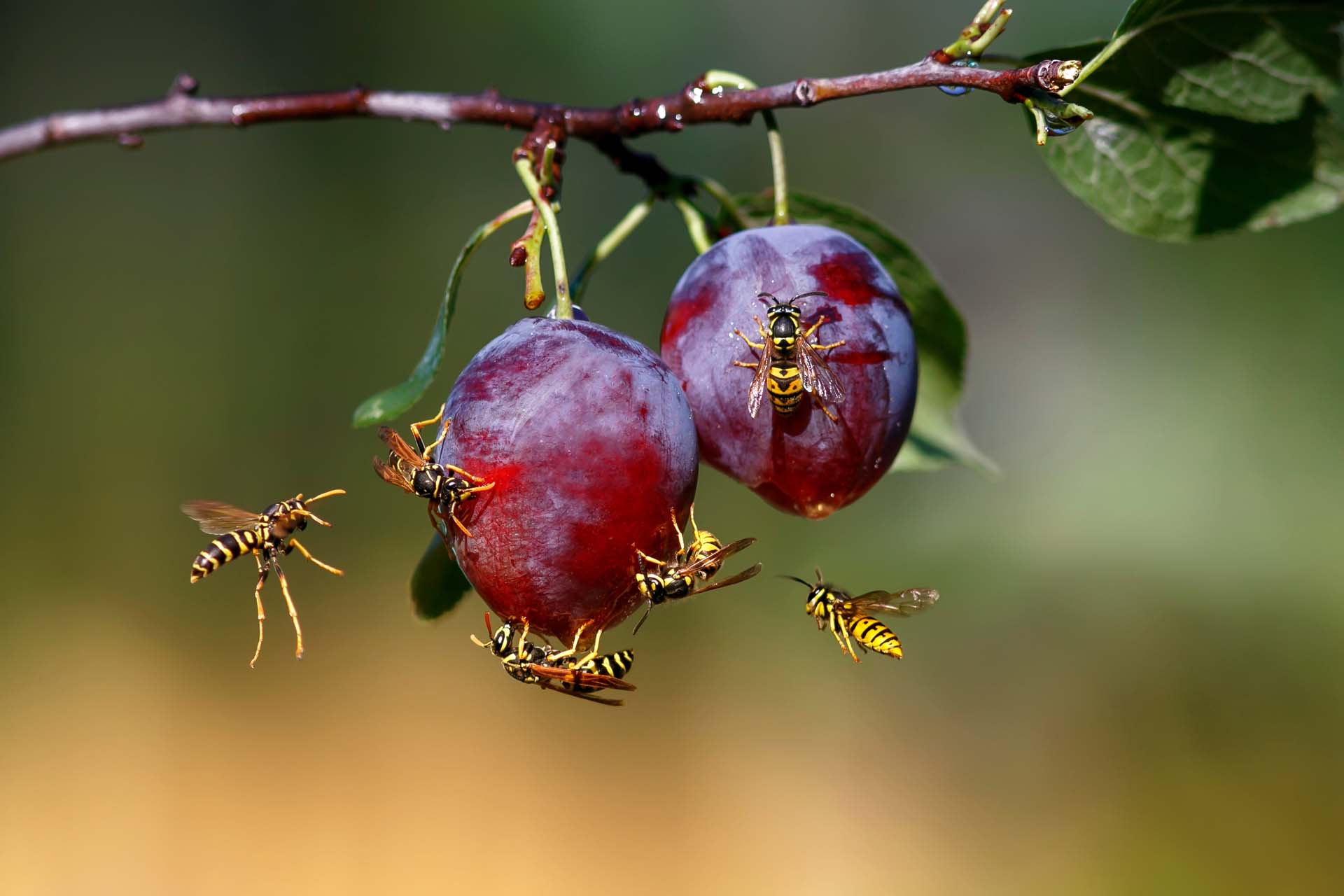
Blighted by buzzing? How to keep wasps out of your garden without harming them so you can enjoy the summer.
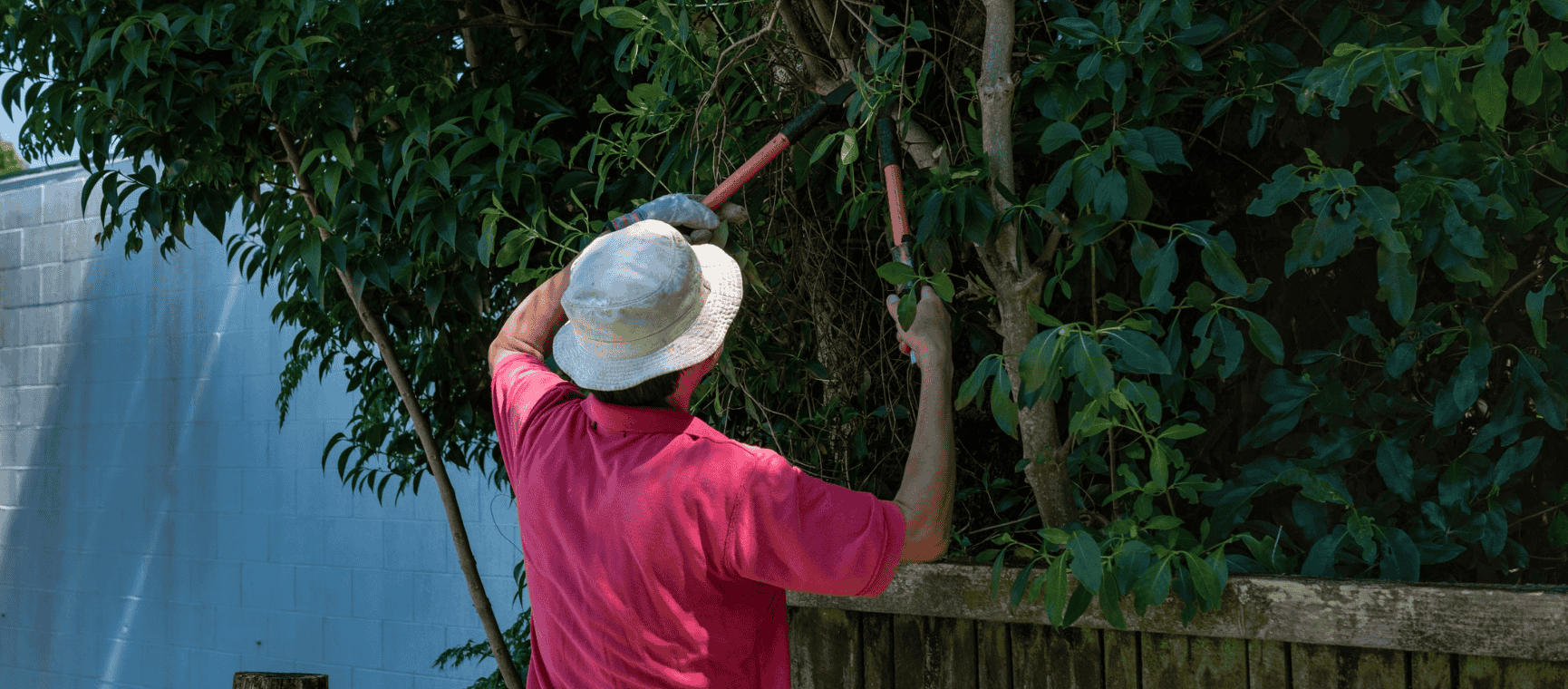
The ways you could be breaking the law in your back garden - with expert advice on how to avoid neighbour disputes, a fine or even a prosecution.
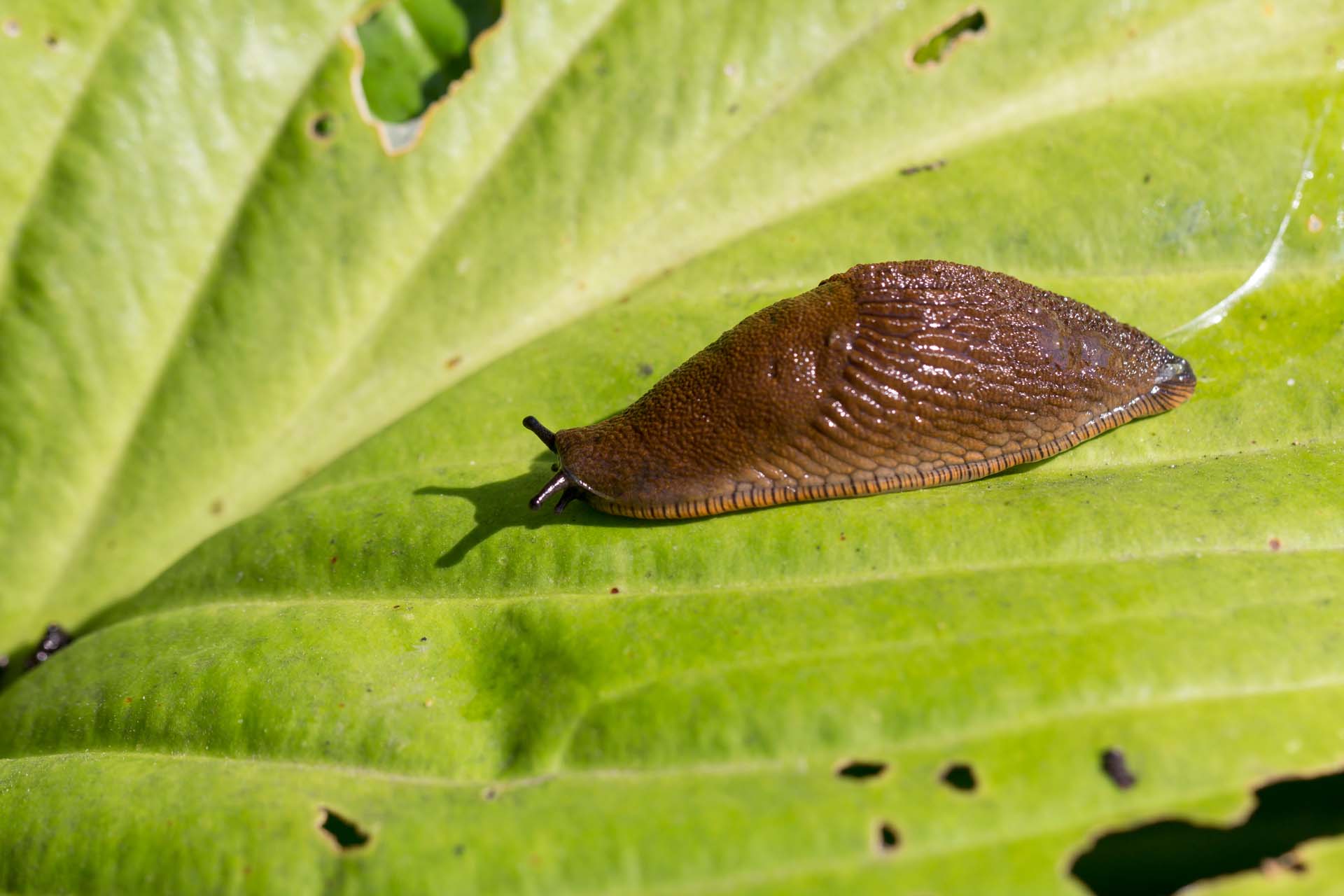
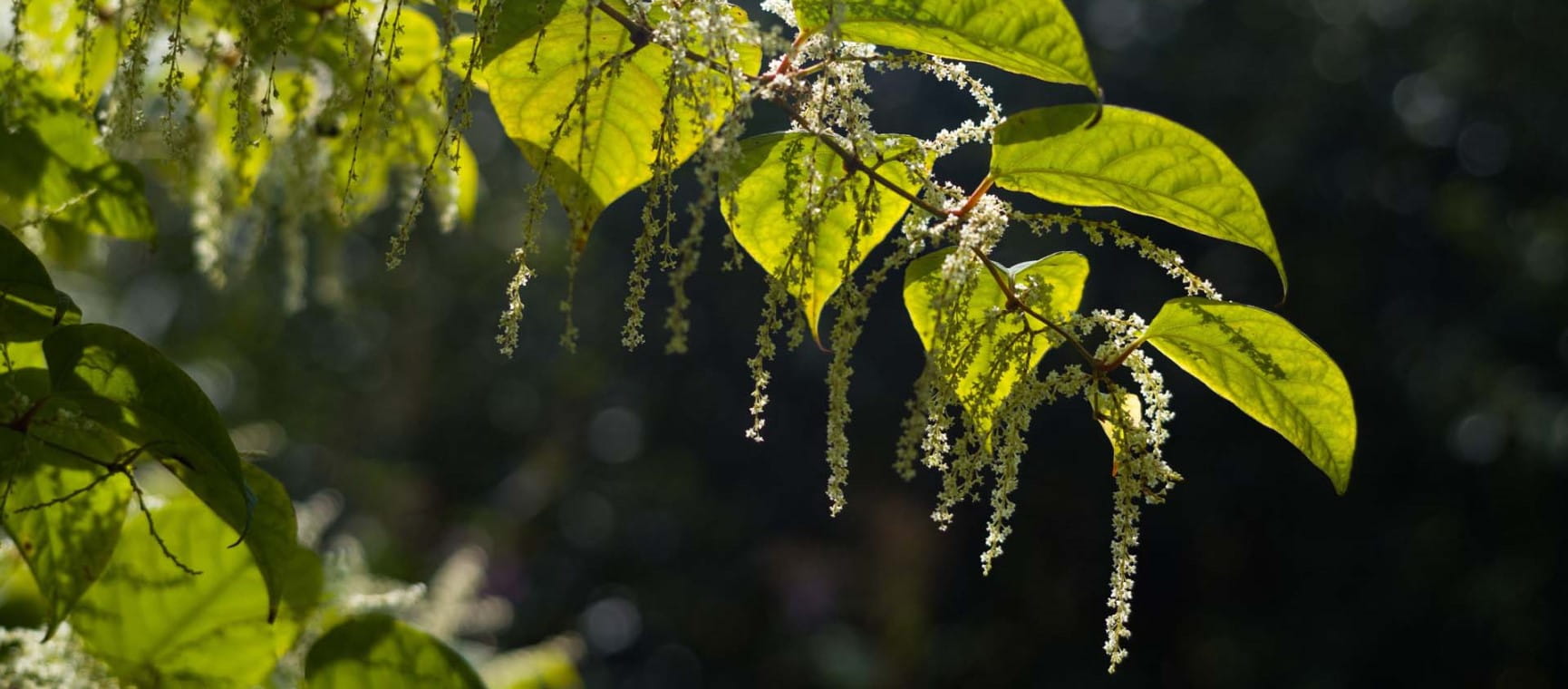
Everything you need to know about Japanese knotweed, the fast-growing plant nobody wants in their garden.